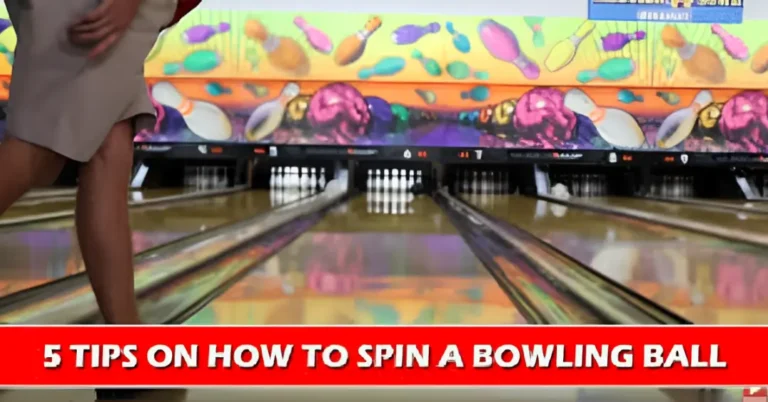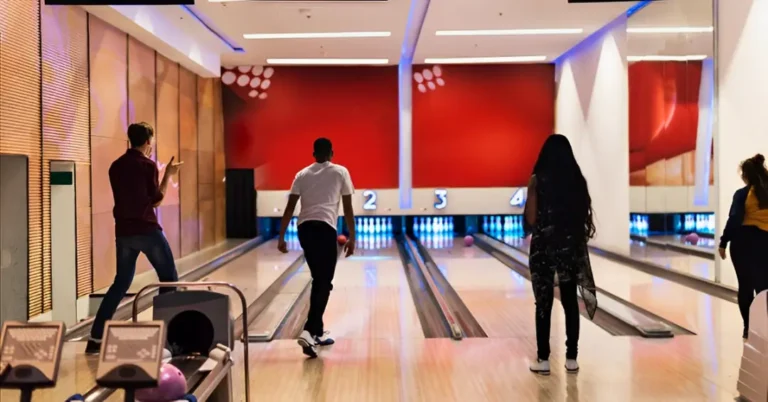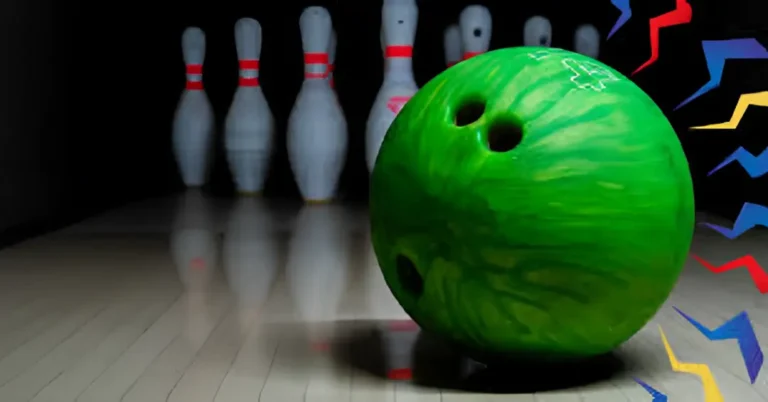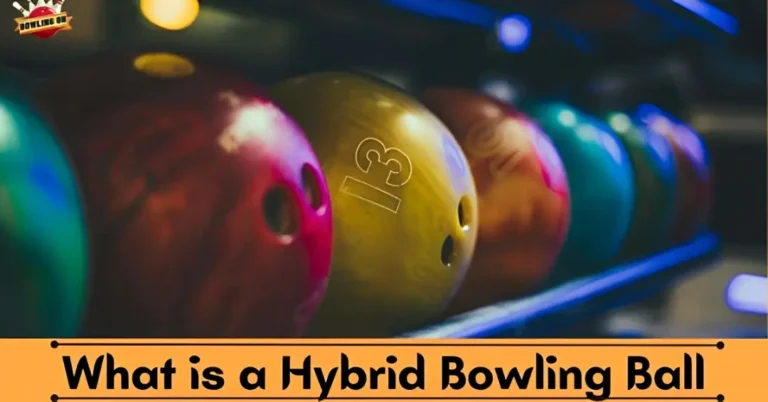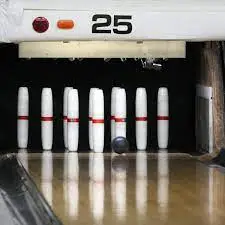What Are Bowling Lanes Made of and Why?
As you walk into the bowling center, the polished lanes gleam under the lights inviting you to grab a ball and knock down the pins. But have you ever wondered what exactly they’re made of beneath that glossy finish? Or why do most bowling lanes look consistent despite being installed decades apart?
In this detailed guide, we’ll cover all the materials that go into constructing regulation bowling lanes. You’ll learn why synthetic lanes have taken over from classic wooden tracks as well as the layering methods used to build them.
Understanding the specialized construction of bowling lane surfaces gives you an even deeper appreciation of the sport. Let’s examine the scientific ingredients for crafting the perfect environment for strikes and spares!
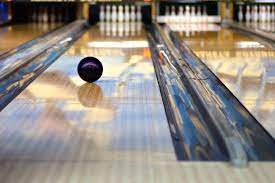
The Shift From Wooden to Synthetic Bowling Lanes
Up until the 1950s, almost all bowling lanes were made from various hardwoods like maple, pine, and oak. However consistent moisture exposure from oiling machines and bowling shoes took a toll. Planks would crack and warp necessitating constant sanding and re-finishing for a smooth roll.
Around 1956, a new material called “Novusite” revolutionized lane construction using durable synthetics. It provided superior durability and consistency. Formica later became the leading brand for bowling lane surfaces starting in the early 1960s. Their high-pressure laminates resisted typical wood expansion issues.
Now almost all modern bowling lanes have an underlayment of engineered wood or moisture-resistant particle board. But the top layers utilize durable, high-gloss sheets of plastic laminate overlay from brands like Brunswick or Dynamo. Advanced adhesives flex and shift minimizing cracks or uneven spots.
Common Bowling Lane Construction Layers
While exact construction techniques vary between brands and eras, regulation bowling lanes today feature around 5-7 layers of material. Combined they deliver the right combo of strength, resilience, and slide ability.
Here are the common core layers in modern bowling lane builds:
Lane Bed
The base starts with a thick backing of moisture-resistant pine, oak or laminated boards, usually around 1 inch total. This provides underlying support and stability.
Filler Medium
Next manufacturers place a textured filter layer down using paper, cardboard, or other porous materials. This helps absorb vibrations and impacts for sound dampening.
Foul Line
A dark lacquered foul line gets applied at exactly 15 feet from the pins indicating no foot contact is allowed beyond that point.
Lane Coating
With the base prepped, a liquid resin material gets poured over the entire lane bed to seal and smooth it into a shine. Today polyurethane acrylic or epoxy coatings are common.
Laminate Overlay
The iconic bowling lane surface itself arrives through high-pressure sheets of plastic laminate in a woodgrain or marbled pattern. These adhere over the seal coating for resilience and friction.
Protective Top Finish
Finally, liquid polyurethane adds a protective seal against scratches and dirt while giving the reflective finish bowlers recognize. Lane oil applies smoothly here.
Combined these layers can result in a total lane thickness of around 1.5-2 inches. This provides the right balance of strength and slight flexibility for rolling balls.
Synthetic Lane Advantages Over Classic Wood Construction
Given the natural expansion and contraction that occurs with wooden boards, early bowling lanes required very frequent resurfacing to keep balls rolling smoothly. The advent of durable synthetics provides consistency plus:
By combining synthetic sheets, sealers, and buffers, modern lanes deliver unmatched durability for big bowling centers seeing daily play across over 100 lanes.
Specialized Construction Elements Across the Lane
Beyond the lengthwise construction, additional engineering considerations help craft reliable bowling lanes people love.
Capped Gutters
The recessed right and left gutters that collect fallen pins and stray balls feature a rounded hard plastic cap overlay. This removable piece allows easy cleaning and replacement over time compared to refinishing wooden trenches.
Approach Ramps
On the ball release end, bowling lanes have acrylic action slides that transition smoothly down into the lanes. Some installs also place metal ball tracks across the entire approach leading down to the lane tips. This prevents sticker shock and torn shoes from abrupt drops.
Lane Marking
Lines Small raised plastic divider lines get placed along the edges of lanes to indicate the proper walking path area so players avoid stepping into the oiled lane surface where balls roll. Other lines show throw position zones.
Scoring Systems
Today computer consoles for scoring and input sit flush into custom cutouts at the head of lanes. Technicians carefully measure to prevent errant balls from impacting delicate screens and electronics.
Replacing Damaged Boards
While modern lanes are extremely resilient, accidents happen. Certain centers keep spare lane pieces on hand for rapid repairs. Damaged boards get cut out through precision routing and fresh inserts glue into place. This preserves original lane integrity versus a total refinish.
The Important Role of Lane Oil Patterns
Beyond physical construction, the oil patterns centers put down affect ball hooks and rolls. Different volume and zone placement make breaking down lane oil patterns integral to high scores. Understanding underlying build informs optimal lines.
Oil absorbs ball speed so clubs craft oil patterns to balance scoring pace, difficulty, and breakdown as games progress. More oil toward the middle benefits straight shooters while wet outsides invite curved hooks. In competitive leagues, houses regularly change designs requiring adaptable techniques.
The Takeaway – Synthetic Lanes Deliver Everlasting Durability Today with capacities exceeding 40 lanes, massive bowling centers rely on synthetic builds to withstand intensive daily use across years while providing ideal playability. Cost savings also come from lower maintenance and staffing needs versus the classic wooden eras.
Yet despite shifts in materials, the joy found in knocking down pins persists from ancient days of rolling stones. Just don’t forget to thank the specialized engineering of modern lanes when you score that next tricky split!

